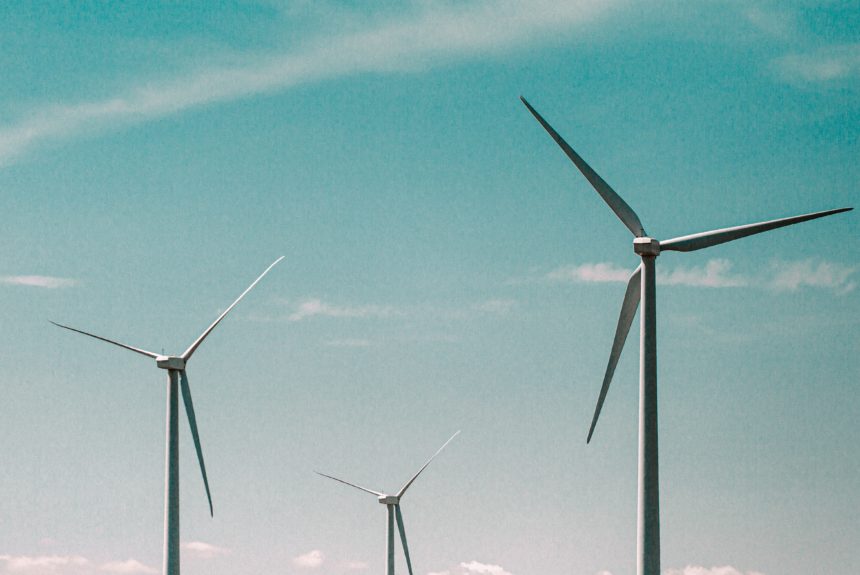There is no doubt about it; clean energy is the future. With the need to reduce emissions and diversify our energy portfolio, both sides of the aisle are beginning to prioritize renewable energy. While renewable energy use is increasing due to consumer demand and market forces, fossil fuels still provide a vast majority of electricity generation in the U.S.—a trend that is likely to continue well into the future. Still, as this article examines, clean energy is growing across the nation and around the world.
Is Nuclear Energy Clean: What Will Become of the Clean Energy Industry?
Leaders of many nations agree that increasing clean energy across the globe is vital to the health of the planet. There is a growing desire to create more affordable and accessible means of creating clean energy, effectively reducing the dependency on fossil fuels. With intention, it is believed that renewable energy, like nuclear energy, can benefit nature and humans without breaking the bank. But is nuclear energy clean? And what’s stopping the US from rapid renewable energy growth?
One major factor keeping the US and other countries from rapid renewable energy growth is the lack of land available. In order to generate renewable resources, there must be enough space to collect solar energy, wind energy, geothermal energy, hydropower, and more.
Europe, for example, is dedicated to collecting enough land to share renewable resources throughout 42.5%-45% of the content by 2030. By 2050, their goal is to become entirely climate-neutral.
Solar Energy
Solar power is captured by photovoltaic (PV) panels and special mirrors that can concentrate solar radiation. Essentially, it collects energy from the sunlight, which can be used for electricity, heat, cooling, and more.
In recent years, solar panels have become increasingly affordable. This fact makes solar power a particularly important renewable energy source, particularly for less wealthy countries. As we continue to find the land to collect solar energy, the need for fossil fuels will continue to lower.
One of the major challenges with solar energy, however, is that it is not incredibly reliable and only operates at full power 25% of the time. Furthermore, the clean energy source requires a vast amount of land to generate power.
Wind Energy
The wind is an abundant resource that was first used to generate electricity in 1887.
Wind energy works by using what are known as wind turbines which harness kinetic energy. Wind energy is slightly more reliable than solar and has a capacity factor of 35%. Onshore wind also uses less land than solar to generate a megawatt of electricity (.4 square meters versus 19 square meters).
Nuclear Energy
Some may wonder, is nuclear energy clean? The short answer is yes. Nuclear energy does not produce carbon emissions; therefore, it doesn’t pump greenhouse gases into the atmosphere. Lifecycle emissions are also much lower than fossil fuels and other clean energy sources. Nuclear power is also the most reliable energy source available.
Nuclear isn’t renewable, however, as the uranium that powers reactors must be mined. Spent nuclear fuel rods do contain enough uranium to power a fission reaction, but this practice isn’t used very often because it is more economical to purchase uranium rather than reuse it.
Not all nations use nuclear energy, but some European nations, such as France, derive up to 70% of their energy from it.
Subscribe to C3 News Mag Today
With so many news outlets today, it’s hard to find a source you can trust. When you’re looking for up-to-date, reliable news, you can turn to C3 News Mag. We offer an in-depth look into policy, tech, science, economics, culture, and more. Subscribe to C3 News Mag for exclusive content you can’t find anywhere else.
The views and opinions expressed are those of the author’s and do not necessarily reflect the official policy or position of C3.
